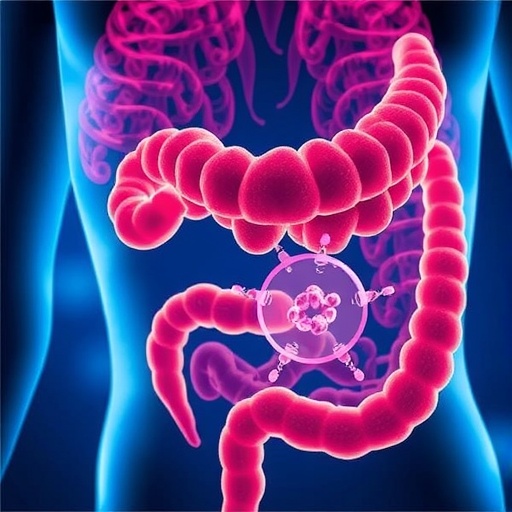
Credit: UMass Amherst
AMHERST, Mass. – In an unexpected finding, chemist Sankaran "Thai" Thayumanavan and colleagues at the University of Massachusetts Amherst show for the first time how movement of a single chemical bond can compromise a membrane made up of more than 500 chemical bonds. Their system uses light as a switch to create a reversible, on-demand molecular control mechanism.
Thayumanavan explains, "There are many applications that one can imagine developing from these fundamental findings, especially ones that need controlled release. For example, we have shown that two compounds that would readily react with each other can be in the same solution but are separated by a very thin membrane made of a few nanometers and therefore do not react with each other."
"But upon exposure to light, the membrane gets compromised to allow the two components to react with each other," he adds. "The interesting thing is that the membrane is not permanently compromised upon exposure to light, but only when the light is on."
His postdoctoral associate Mijanur Rahaman Molla and doctoral student Poornima Rangadurai conducted most of the experimental work. The UMass Amherst group also collaborated with theoretical chemists Lucas Antony and Juan de Pablo at the University of Chicago, who modeled the system in order to more deeply understand it, Thayumanavan notes. Details are online now in Nature Chemistry.
Such reversible molecular controls that respond only when there is a source of energy are quite rare in artificial systems, he says. Usually in artificial, human-made systems, "materials are in an equilibrium state, so if you have a particle that responds to pH change and you put it into an environment that triggers a change, it stays changed. You can't put the genie back into the bottle."
By contrast, nature has engineered some "exquisitely responsive systems," the authors point out, where molecular-scale information is transferred across a membrane that can return to its original, resting state.
An example Thayumanavan likes to use refers to ATP, a cellular energy molecule that switches on and off on demand, like their new system. "I tell my students that they may have the impression that a professor never stops talking. But that is demonstrably false, if you just track ATP. When I'm talking, ATP is turned on and being used, but when the ATP is not being used, the professor goes to the resting state, i.e. shuts up. The genie does go back in the bottle."
Technically speaking, he and colleagues demonstrate that in their system, light induces actuation of a thin bi-layer of molecules made of a hydrophilic-azobenzene-hydrophobic diblock copolymer. When light is turned on, Thayumanavan says, "the azobenzene bond rotates, and this motion sends a frontal wave across about 500 bonds to compromise the membrane barrier. This allows the entire membrane to allow molecules to travel across. When we turn the light off, it closes again and no molecules can get across the membrane."
The researchers show that "the out-of-equilibrium actuation is caused by the photochemical trans-cis isomerization of the azo group, a single chemical functionality, in the middle of the interfacial layer."
###
This work was supported by a Department of Defense Multi-University Research Initiative (MURI) award to a group at UMass Amherst in 2016.
Media Contact
Janet Lathrop
[email protected]
413-545-2989
@umassscience
http://www.umass.edu
Original Source
http://www.umass.edu/newsoffice/article/umass-amherst-chemists-develop-molecular http://dx.doi.org/10.1038/s41557-018-0027-6




